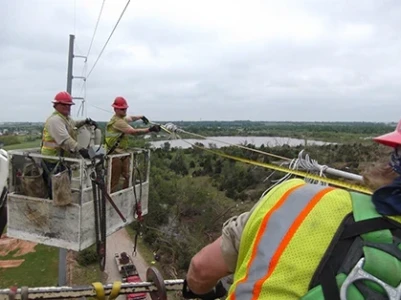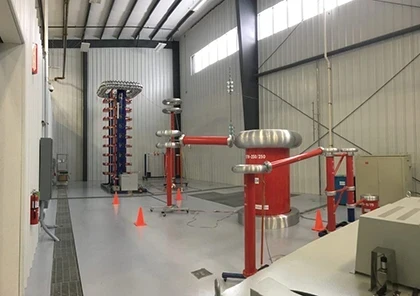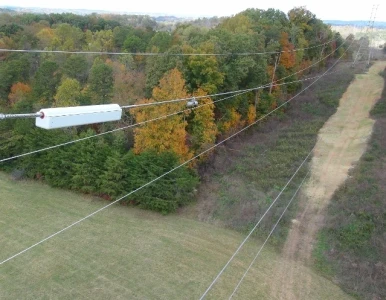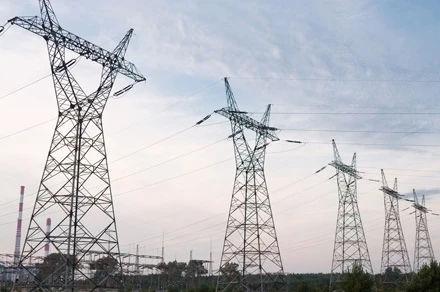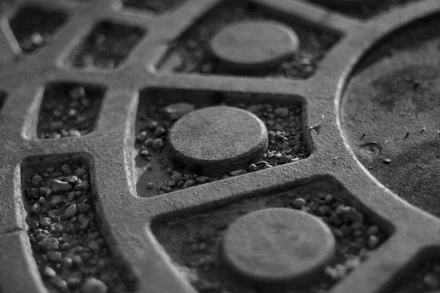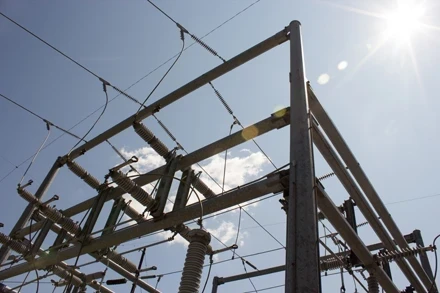RTU and HMI Redundancy in Electrical Substations
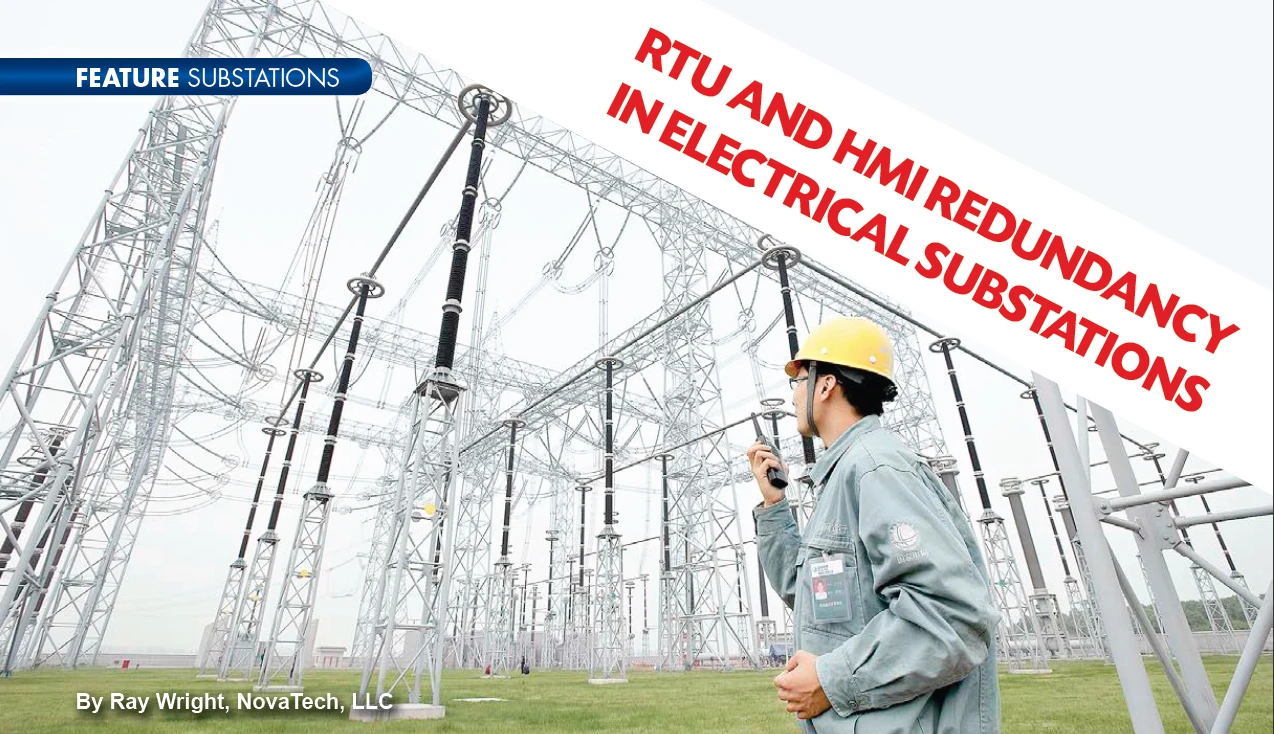
As the substation RTU takes on more applications, such as Human-Machine-Interface (HMI), alarm annunciation, math & logic and “relay communication processing”, its need for high availability increases. Anything that takes the RTU out of service – configuration change, firmware update, or component failure – means not only loss of SCADA but also loss of local visibility, loss of non-operational data and, in some applications, loss of local control. Redundancy can address the needs for higher availability. This paper reviews the latest designs for electrical substation RTU redundancy and details required new features, including:
• Current redundancy designs in substation automation
• Limitations of current implementations
• Suggested design philosophies for substation automation redundancy
• Review of desirable redundancy design features: Flexible SCADA interface, including intelligent buffering to prevent Event floods on switchover, selective reporting of Events and acceptance of controls by Standby, and multiple SCADA support
• Ability for the SCADA Master to make a connection to a single IP address shared by both RTUs
• Robust and secure communication link between Active RTU and Standby RTU
• Ability to bi-directionally replicate operator actions on the local HMI such as tagging, alarm acknowledgement and blocking/forcing of point states (to ensure uninterrupted visibility after failure and throwover)
• Ability for both Active RTU and Standby RTU to access SCADA data from IEDs.
• Ability to compare data from Active and Standby RTUs
• Ability to block Standby polling
• Ability to obtain diagnostic data from Standby RTU to confirm health
• Ability to manually force throwover
• Ability for users to select criteria for throwover, and to force auto-throwover
• Ability to test configurations on Standby RTU while Active operates normally
• Auto-transfer of configuration files from Active RTU to Standby RTU
• Design that keeps Active and Standby databases synchronized
• Graphic user interface to indicate redundancy status and health
In the most recent redundant RTU designs, power supplies – arguably the hardware component most likely to fail - are “hot-swappable” from the front. Redundant SCADA connections are supported and some systems will flip-flop Ethernet and protocol addresses, and intelligently clear buffers on the Standby RTU. High-speed standards-based redundant broadband LANs can replace proprietary networks; Parallel Redundancy Protocol (PRP) and High- For the substation RTU, designs currently exist for most of the hardware and network redundancy.
Read the complete article here: http://online.electricity-today.com/winter-20172018/~16/


